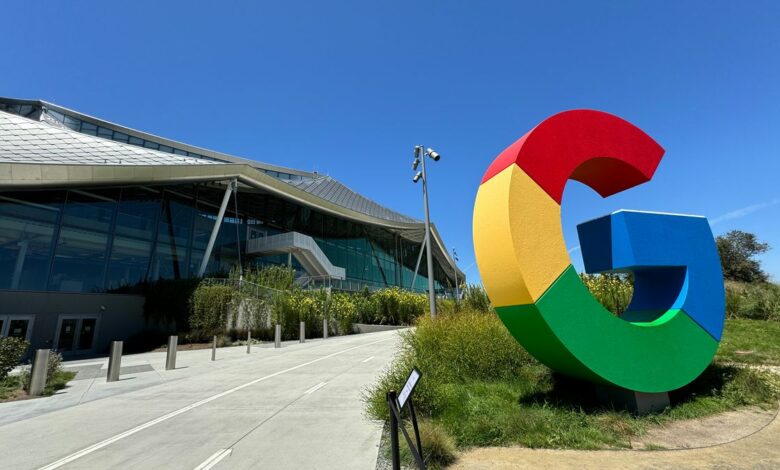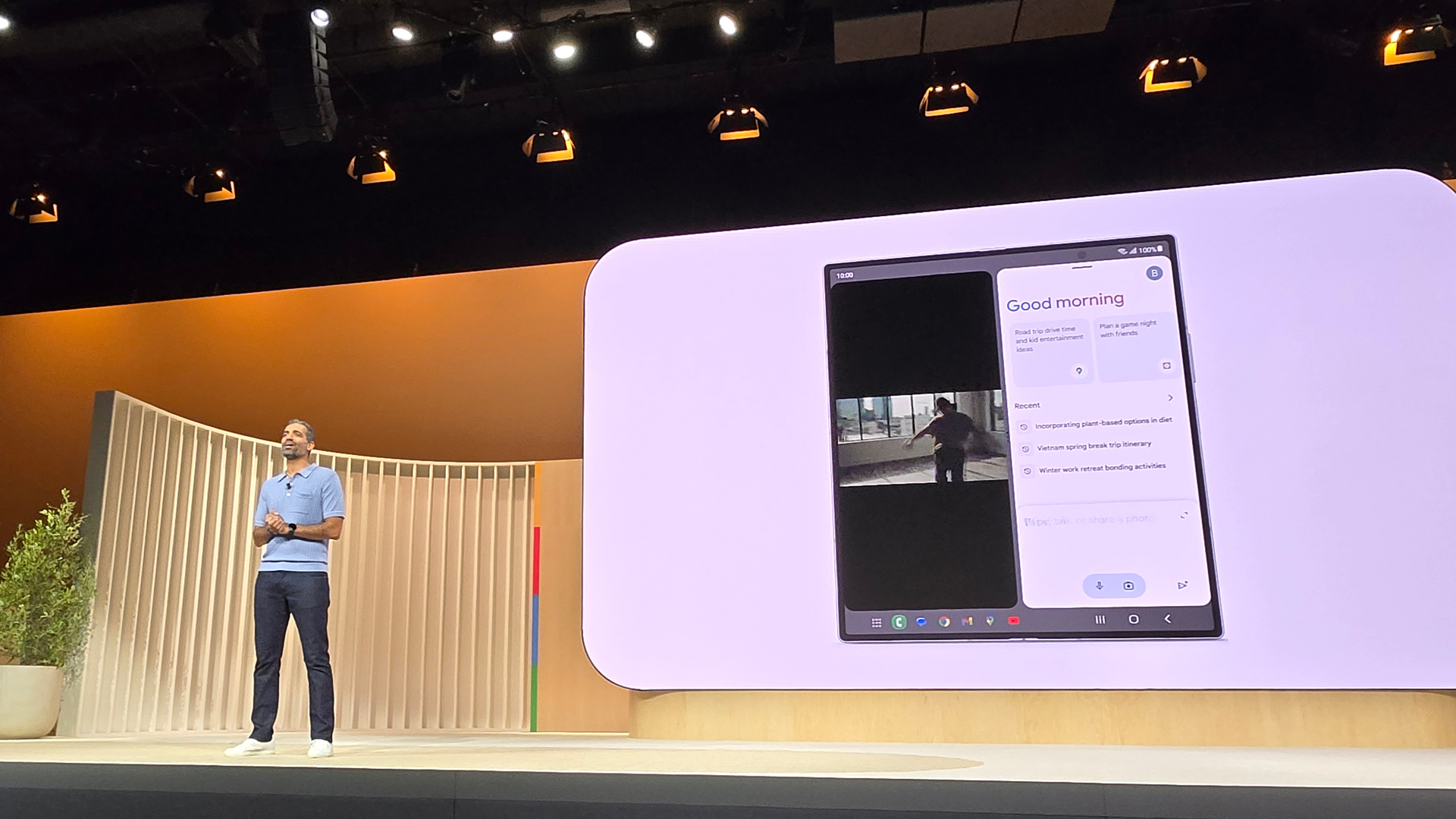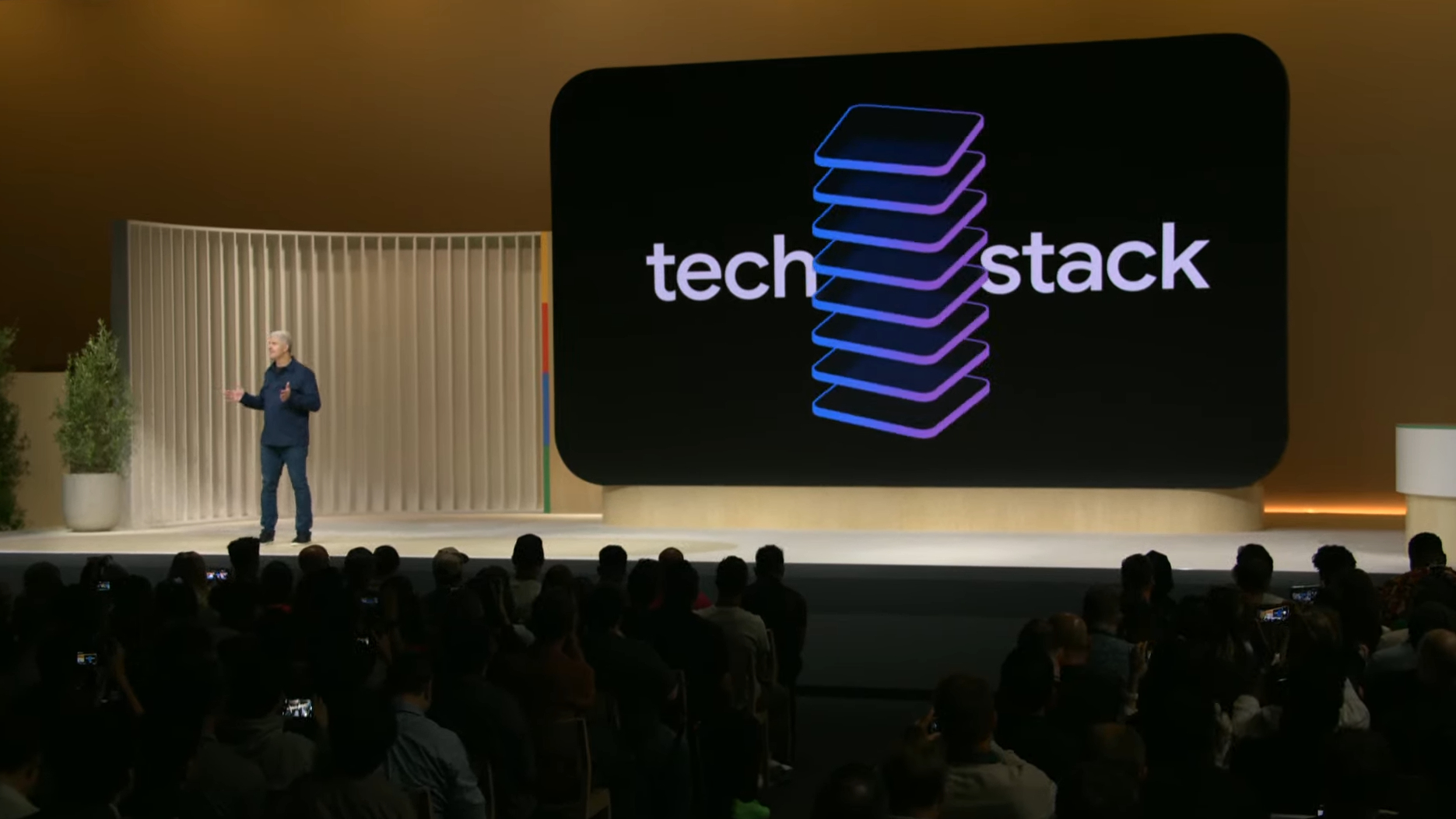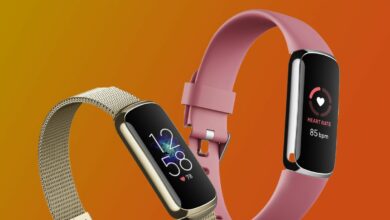Google took an approach that didn’t match Apple’s when it launched the Pixel, but it was supposed to be about Gemini anyway

If you needed a reminder that Google is not Apple, just watch how the search giant executed its Made By Google Pixel product festival on August 13. Instead of treating us to four new Pixel phones, two new Pixel Watches, and a new Pixel Buds Pro 2, Google spent the first 30 minutes almost exclusively on Gemini.
If you’ve been paying attention, this won’t come as a surprise. Google filled the Olympic airwaves in Paris with short video ads featuring Olympic athletes using Gemini (along with one fateful ad about a dad who might be using it too much), and Gemini-assisted AI Overview answers now appear in over 70% (at least) of my Google searches. For Google, there’s no more important technology, and Google used its biggest product event of the year to demonstrate and tout it.
It’s not just about the focus on Gemini, but also how Google did it. Imagine Apple pushing Apple Intelligence, Siri, or some other core technology onto someone else’s hardware. I know, a ridiculous idea. But Google really focused on how Gemini runs on multiple Android phones, including the Samsung Galaxy Z Fold 6, Motorola Razr, and Samsung Galaxy S24.
Once again, Google went well beyond a simple listing. It demonstrated core capabilities like using Gemini to analyze a photo and, via prompts, take action, in this case reading the text from a concert poster and then asking Gemini a detailed question about the show date and how it works with their calendar.
The demo failed twicebut Google stubbornly kept pushing ahead with yet another Samsung phone until they finally got it to work. Undeterred, Google also demonstrated the Gemini writing assistant on the S24.
Friends of Google

Why would Google spend so much time demonstrating these powerful Gemini capabilities on another company’s phone? Because Gemini is an AI ambassador for countless Android phones around the world. Unlike Apple, which only has to think about its vertically-driven ecosystem, Google thinks in at least two dimensions. It has its own growing stack of software, silicon and hardware, and then it has the circle of Android phones that adopt a sometimes more limited set of Gemini capabilities.
Google essentially used the first part of the Made By Google event as a signal or beacon to Android partners and Android phone owners alike, letting them know that the word of Google Gemini is open and ready to be used on many of their phones.
When Google finally started talking about its new hardware, though, it didn’t feel underwhelming. Sure, aside from the Tensor G4 chip, Google spent little time detailing the specs for the Google Pixel 9, Pixel 9 Pro, and Pixel 9 Pro XL. The completely redesigned Pixel 9 Pro Fold gets a more detailed look, but these devices feel more like vessels for a Gemini soul.
To be fair, many of these Gemini opportunities are exciting and even inspiring. Add Me is the biggest thing to happen to group photography since the selfie stick. Gramps and Aunt Betty will never be left out again. Cousin Jeff is a different story.
Twins are exciting enough

The Screenshots app is one of the smarter applications of generative AI, because it applies a genuinely useful solution to a very relatable problem. Good luck finding someone who doesn’t take screenshots to remember or organize. An app that does that work for you is brilliant.
Google’s overarching theme for Gemini Nano (the flavor of Gemini that lives on Pixel phones) is less flash and weirdness, and more usability. I see Call Notes in much the same way. Remembering conversations and keeping track of phone calls is hard. Call Notes could make that a breeze, with the important caveat that everyone has to feel comfortable recording calls (and yes, everyone will be notified).
If there’s one downside to Google’s inverse approach, it’s that the new hardware (save for the Pixel 9 Pro Fold) may be a little disappointing without the Gemini.
Google hasn’t pushed the boundaries of photographic excellence with huge new lenses and more megapixels than you can count (most of the best new parts are all thanks to Gemini and an improved imaging pipeline). The Tensor G4 chip sounds like it could be powerful, but Google hasn’t done any direct comparisons to the Qualcomm Snapdragon 8 Gen 3 or Apple’s A17 Pro , and you have to wonder if there will again be a performance gap.
Google has done a lot to improve the design of all of its phones, so much so that the Pixel 9, 9 Pro, and 9 Pro XL look quite a bit like an iPhone, minus that massive camera band. I’m still not a fan, but I do appreciate Google’s dedication to this design element.
To recap: Made By Google may not have been referring to all the hardware unveiled at Mountain View on Tuesday, but instead was about Gemini, a powerful Generative AI software platform that Google is slowly but surely eating away.




